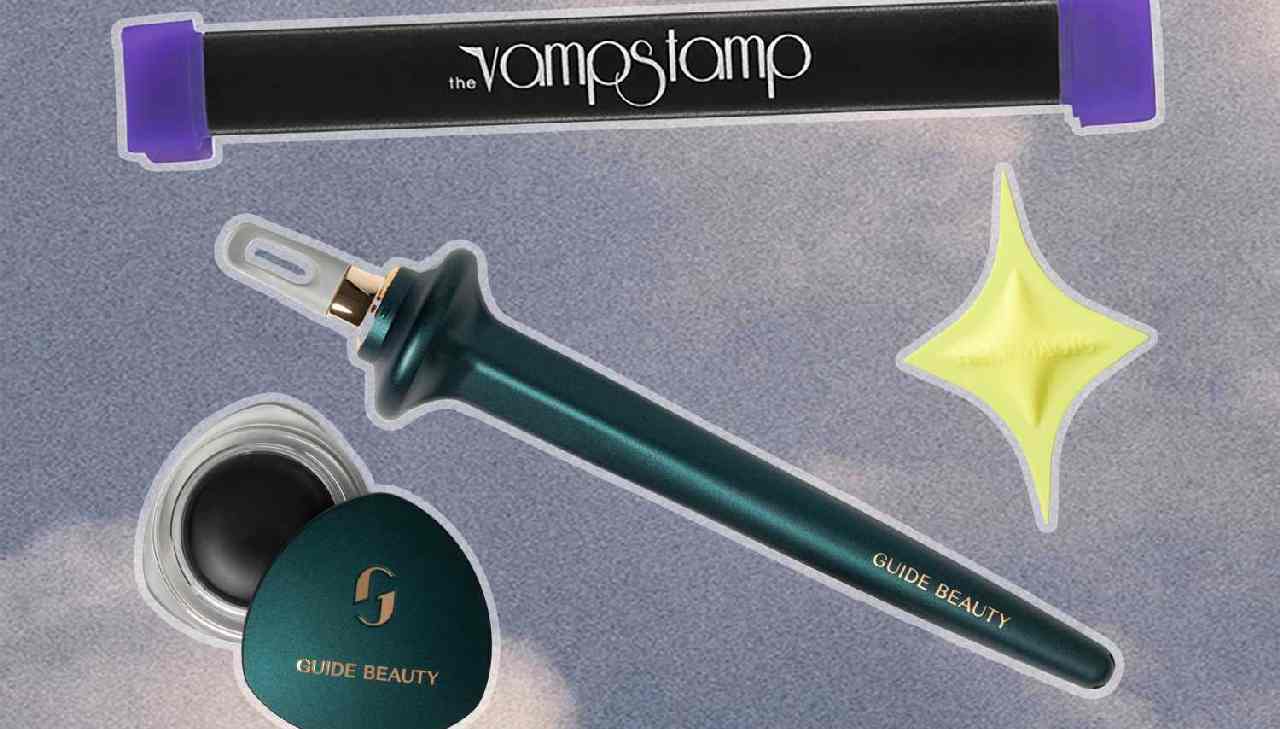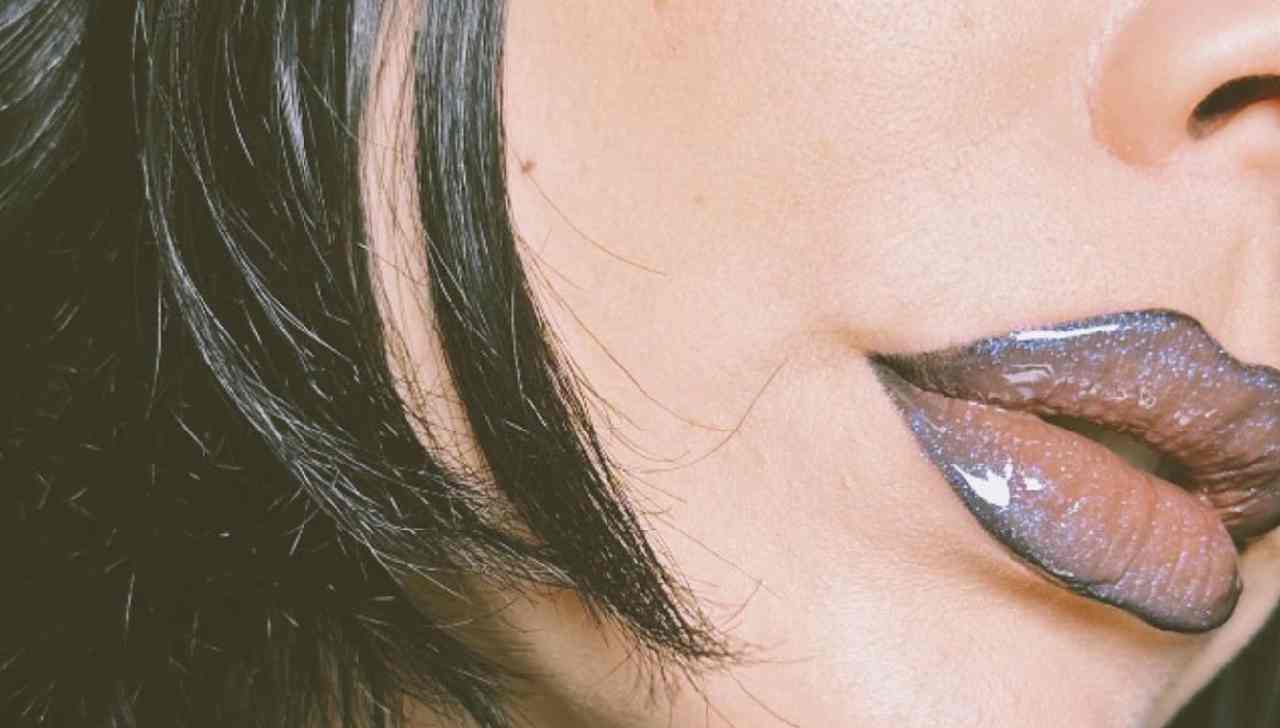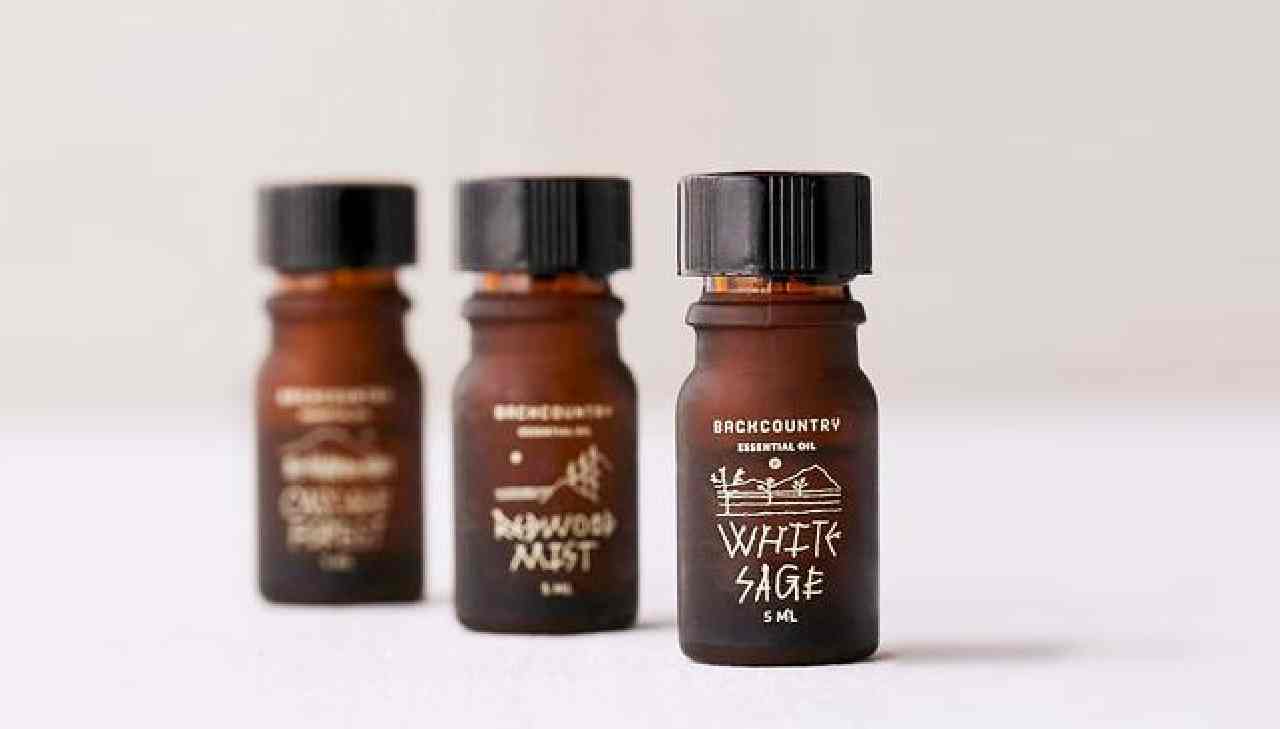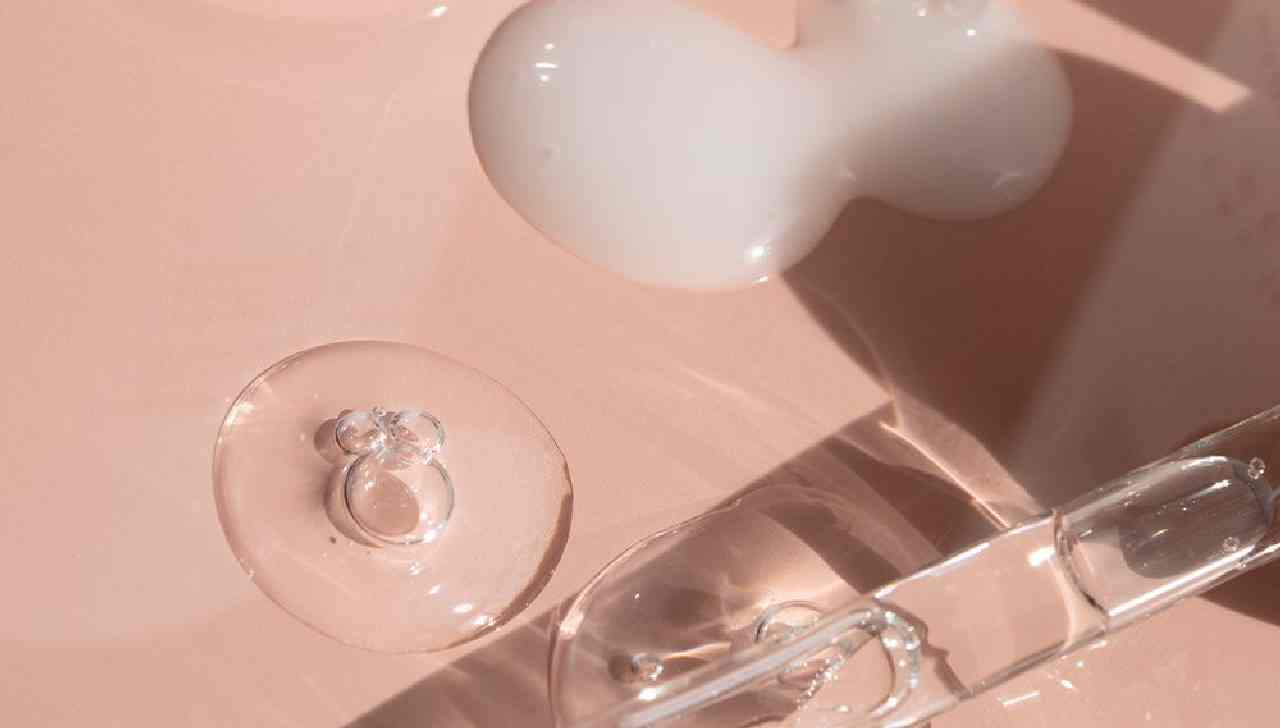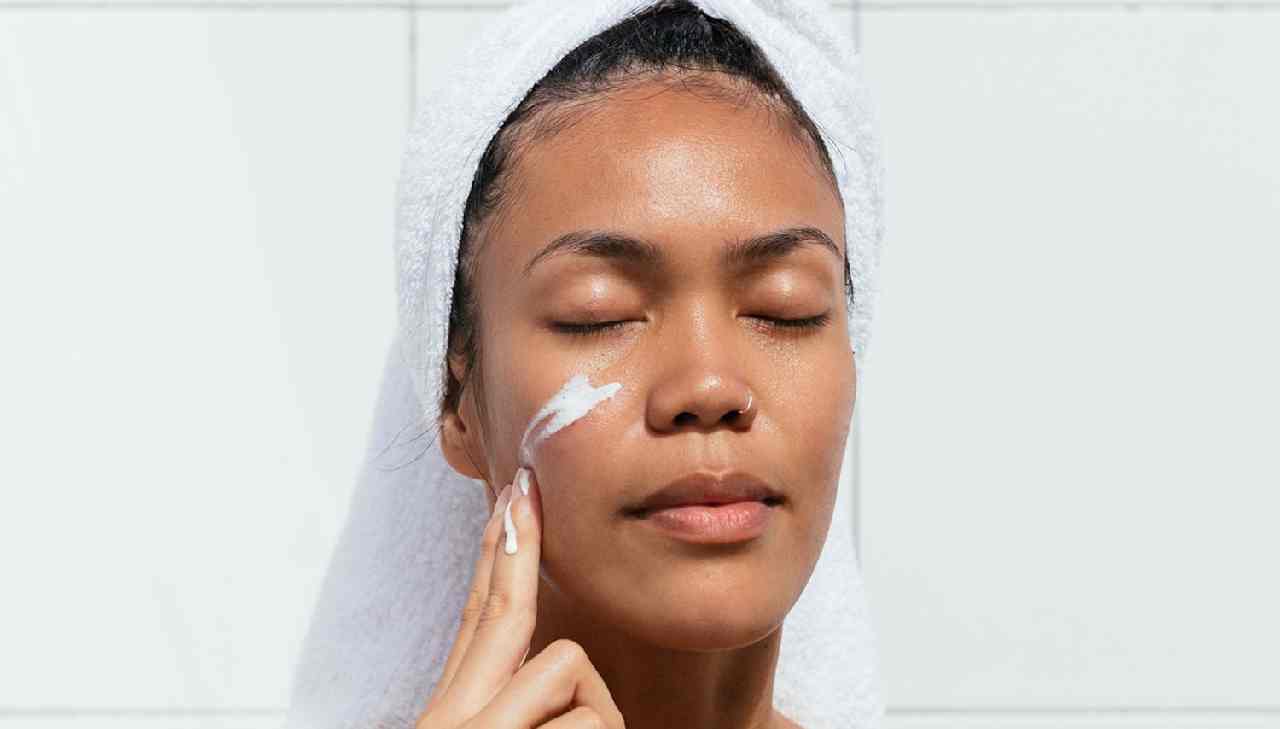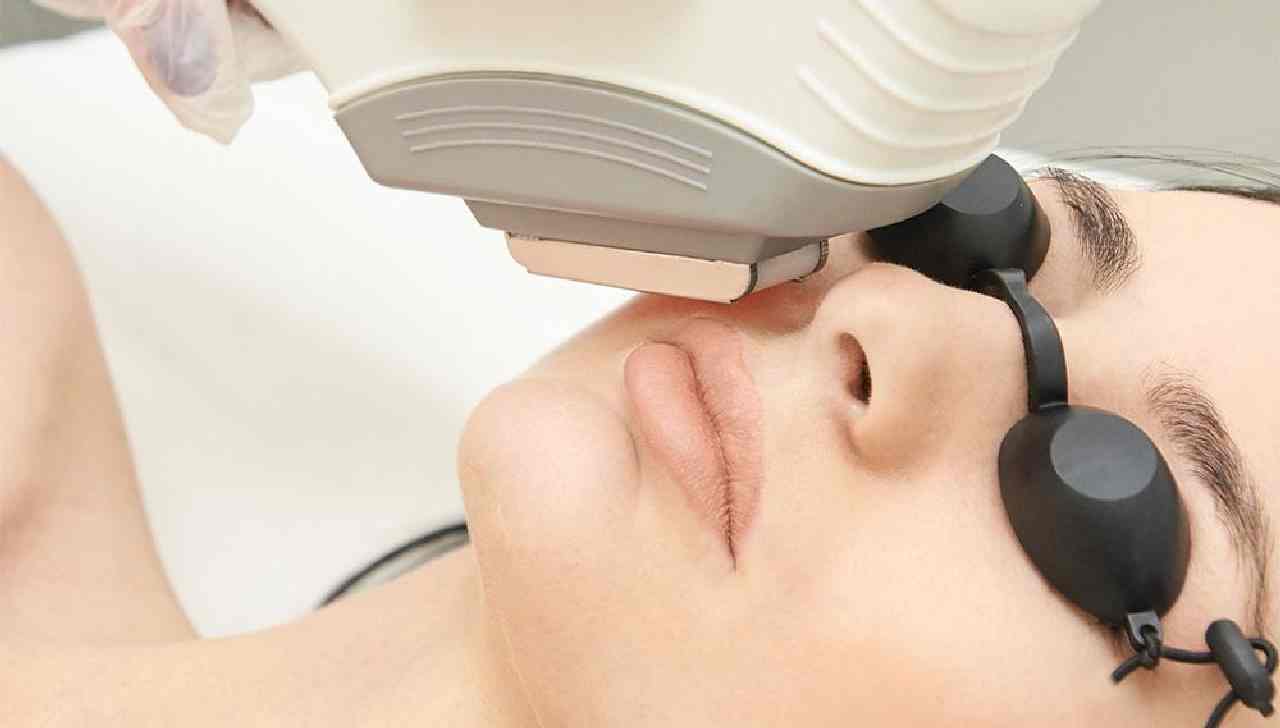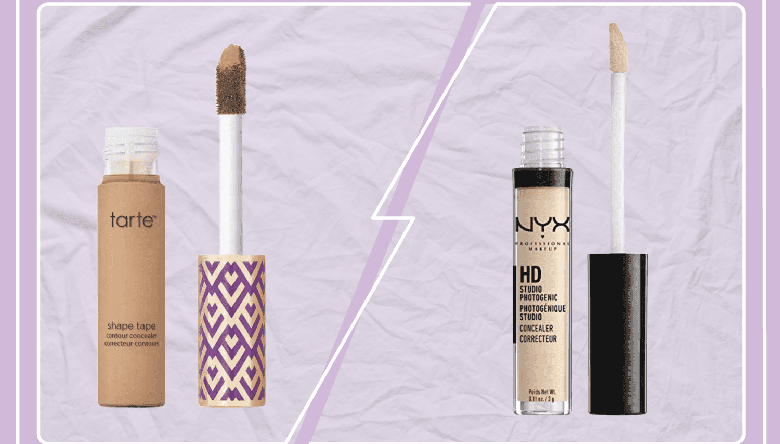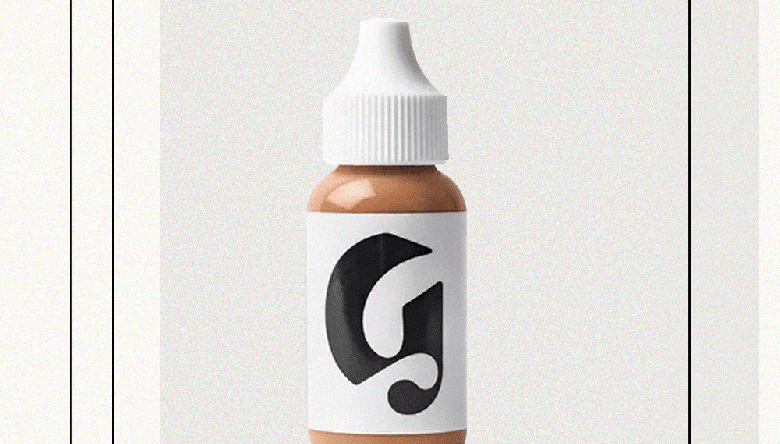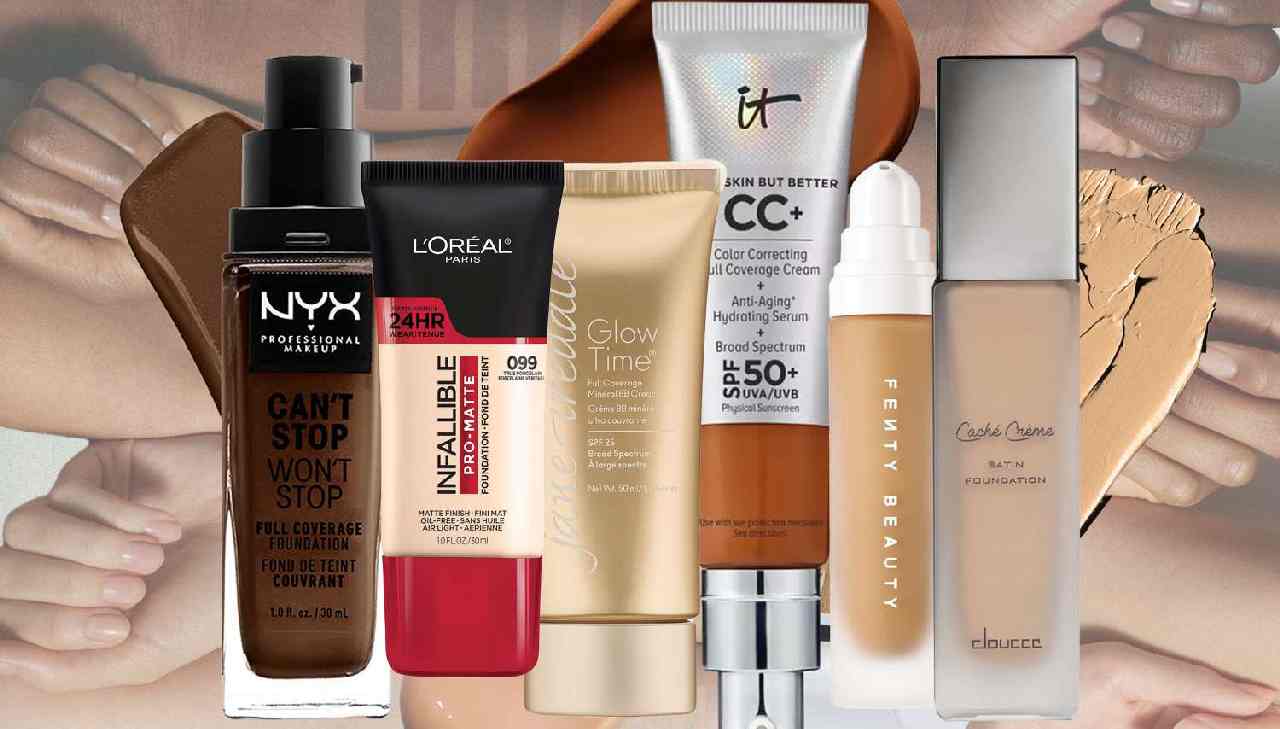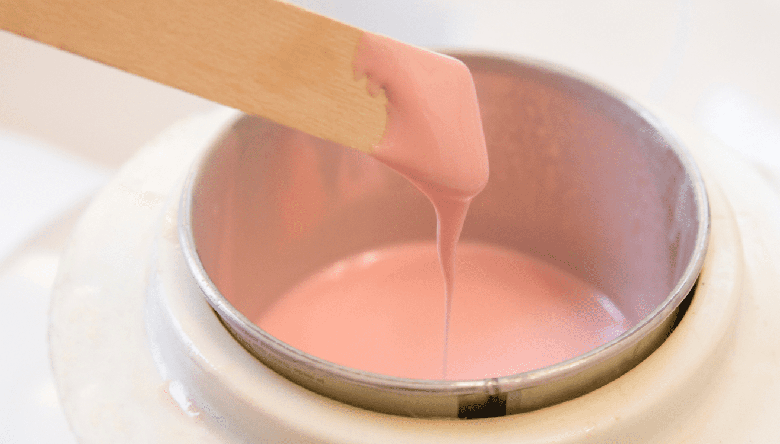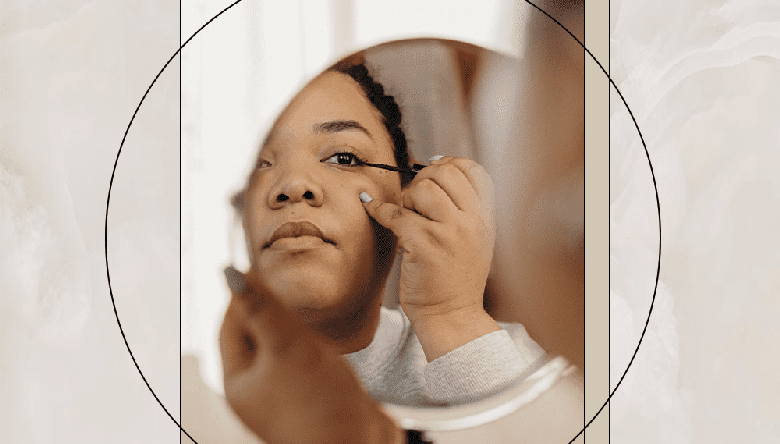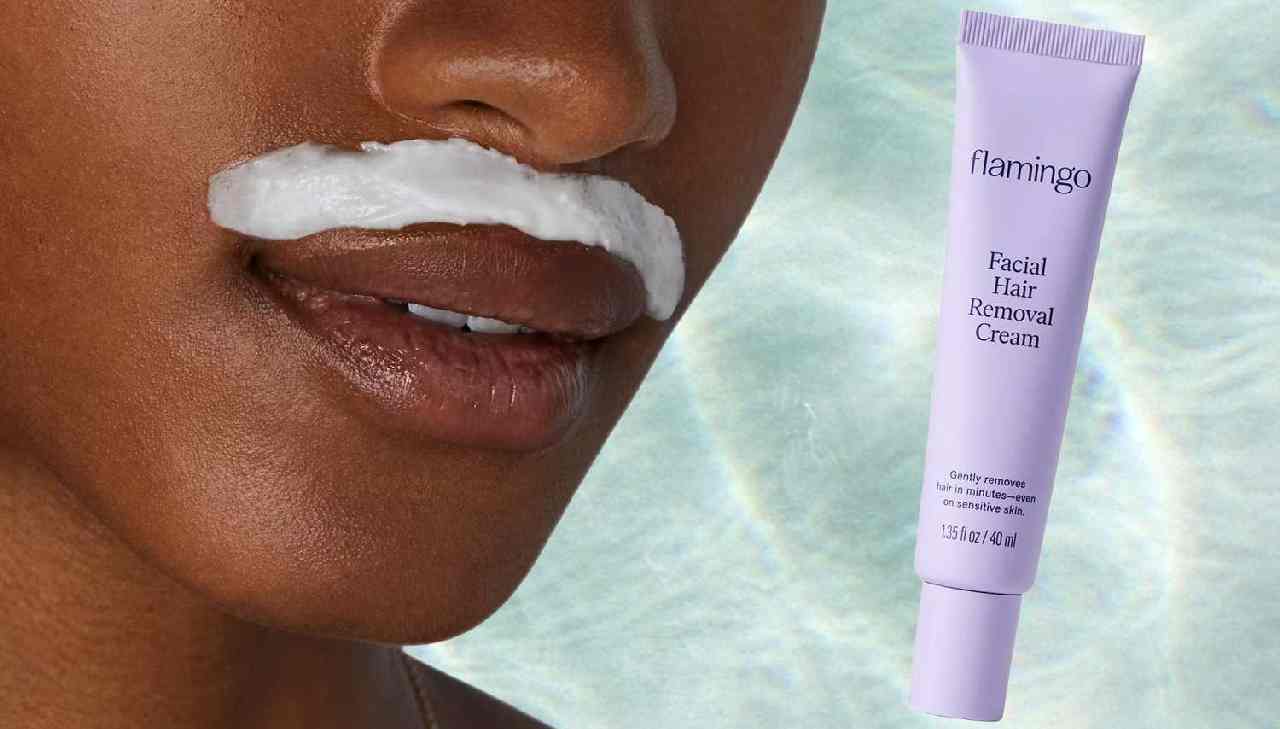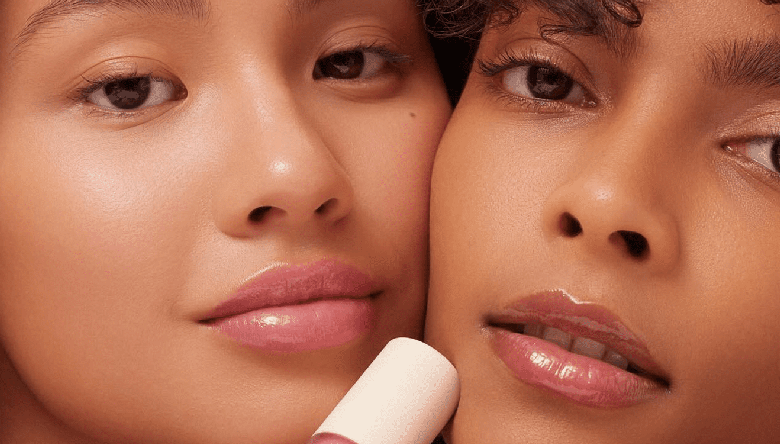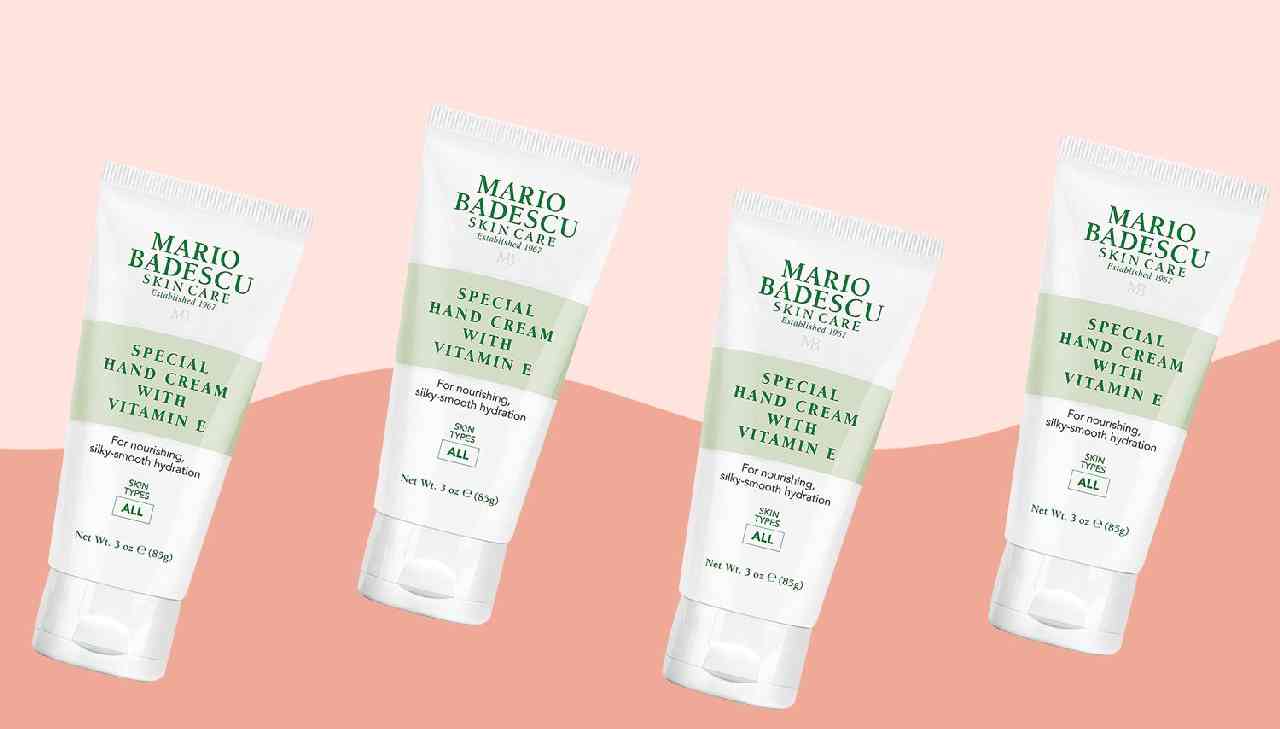How to Use Coconut Oil as Makeup Remover, According to Derms

Coconut oil has many uses, but is it a reliable makeup remover? Before you move the trendy emollient from the kitchen cupboard to the bathroom cabinet, read this. We asked two dermatologists and a holistic plastic surgeon to tell us everything we need to know about using coconut oil to swipe off that eyeliner and cleanse lipstick away. Keep reading for the scoop on using coconut oil as a makeup remover, from the pros to the potential side effects—and the possibility of congested pores.
Meet the Expert
- Anthony Youn, MD, is a holistic plastic surgeon and author located in Troy, MI. Board-certified with over 20 years of experience, Youn focuses on combining the latest surgical innovations with holistic medicine to help his patients fight the signs of aging skin.
- Carl Thornfeldt, MD, is the founder of Epionce Skincare and has over 30 years of experience in the industry.
- Tiffany Libby, MD FAAD FACMS, is a board-certified dermatologist and Mohs surgeon at Brown Dermatology in Rhode Island.
Can Coconut Oil Remove Makeup?
Yes, you can use coconut oil as a makeup remover—it’s not only effective at removing most makeup and SPF, but it also boasts skincare benefits. “Coconut oil is antibacterial, anti-yeast, and also works as a great first-aid cream. Because of its detergent effect, it also works well as a makeup remover,” explains Thornfeldt. It’s worth noting, however, that coconut oil is comedogenic, and therefore it isn’t recommended for acne-prone skin types.
How to Use Coconut Oil as Makeup Remover
- Only use the coconut oil as you would use a cleansing oil—no abrasive washcloths or cotton pads are needed.
- Liquify the coconut oil in your hands when it’s in its natural solid state. Then, gently rub it onto dry skin, paying special attention to heavy eye makeup.
- Once your makeup has been sufficiently melted away, rinse your face with warm water and pat dry.
- Because coconut oil has a tendnecy to clog pores, it’s recommended to use coconut oil as a makeup remover in double-cleanse, meaning you should follow up with a gentle facial cleanser.
Board-certified dermatologist and Mohs surgeon Tiffany Libby suggests using a scant dab of the oil, as a little goes a long way. “Use a small amount, roughly a dime-sized amount, of coconut oil to cleanse makeup,” she suggests.
Skin Type Considerations
According to Youn, not all skin types are compatible with coconut oil, so introducing a little at a time will help keep breakouts at bay. However, Youn appreciates that it is a great option for sensitive skin.
“Coconut oil can be comedogenic, meaning it may clog pores and may lead to acne in some individuals,” Libby says. “On the flip side, coconut oil also has been shown to help some with acne-prone skin as it has antibacterial [properties], and helps reduce inflammation on skin. Not everyone will react the same to using coconut oil, so it may be a good idea to patch test coconut oil first to investigate for skin irritation.”
How to Patch Test
To conduct a patch test, Libby suggests applying coconut oil to a small area of skin behind the ear or on the inner forearm. “Leave it on and don’t wash it off,” she says. “Apply it in this manner one or two times per day for a week, and if no signs of irritation [occur by] the end of the week, it is most likely fine to apply the product to facial skin.”
Complete the Skincare Regime
After using coconut oil to remove makeup before bed, follow up with a few extra skincare steps. Thornfeldt warns that coconut oil should not be seen as an all-in-one skincare product, as it will not moisturize skin and is unable to provide proteins to protect the skin barrier.
Here’s what Libby advises to complete a skincare regime after using coconut oil to swipe off makeup: “Rinse with lukewarm water to remove the residual coconut oil,” she says. “If needed, use a gentle facial cleanser in addition, and pat dry with a clean, soft towel. After cleansing, apply serums, followed by a moisturizer to keep skin hydrated all night.”
Possible Side Effects
There’s still some stigma attached to the idea of applying oil to your skin, and there are varying reports on whether coconut oil is comedogenic (or pore-clogging) or not. The main side effect to worry about is pore-clogging and breakouts. Youn, Thornfeldt, and Libby all agree that there is a chance that coconut oil could clog pores.
Byrdie Tip
Look for cold-pressed, organic coconut oil when shopping for a makeup remover.
The Best Coconut Oil Makeup Removers
The quality of your coconut oil is directly related to the benefits it can have for your skin. Thornfeldt explains that, since the ingredient does have some saturated fatty acids in it, a lower-quality coconut oil might be contaminated or poorly purified, which could lead to a dreaded breakout. “I recommend that you only use purified, cold-pressed coconut oil in liquid form,” he says. “Ideally, it should be organic and minimally processed,” adds Youn. This Nutiva Organic Virgin Coconut Oil ($10) fits the bill perfectly.
We love Kopari Organic Coconut Melt ($32), which is cold-pressed and chock full of vitamins and minerals. “Usual manufacturing is that they extract oils with chemicals that can bind with active ingredients,” Youn explained. “The solvent agents can bind to the lipids in the coconut oil, meaning that toxins could then be absorbed by the skin when applied. Cold-pressed doesn’t have toxins in the process that would impact the skin.”
The Final Takeaway
It’s safe to use coconut as a makeup remover, but only if it is organic, unrefined, and cold-pressed. Looking for these three keywords on the label will help minimize the chances of skin congestion and maximize the efficacy of the oil’s benefits. Coconut oil may not be the absolute gold standard of natural products, but it can be a powerful one when used correctly.


 English
English 




































